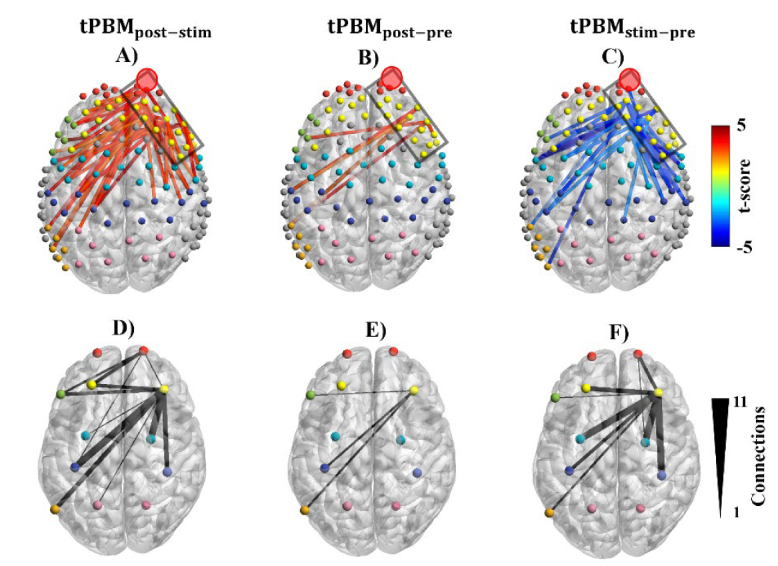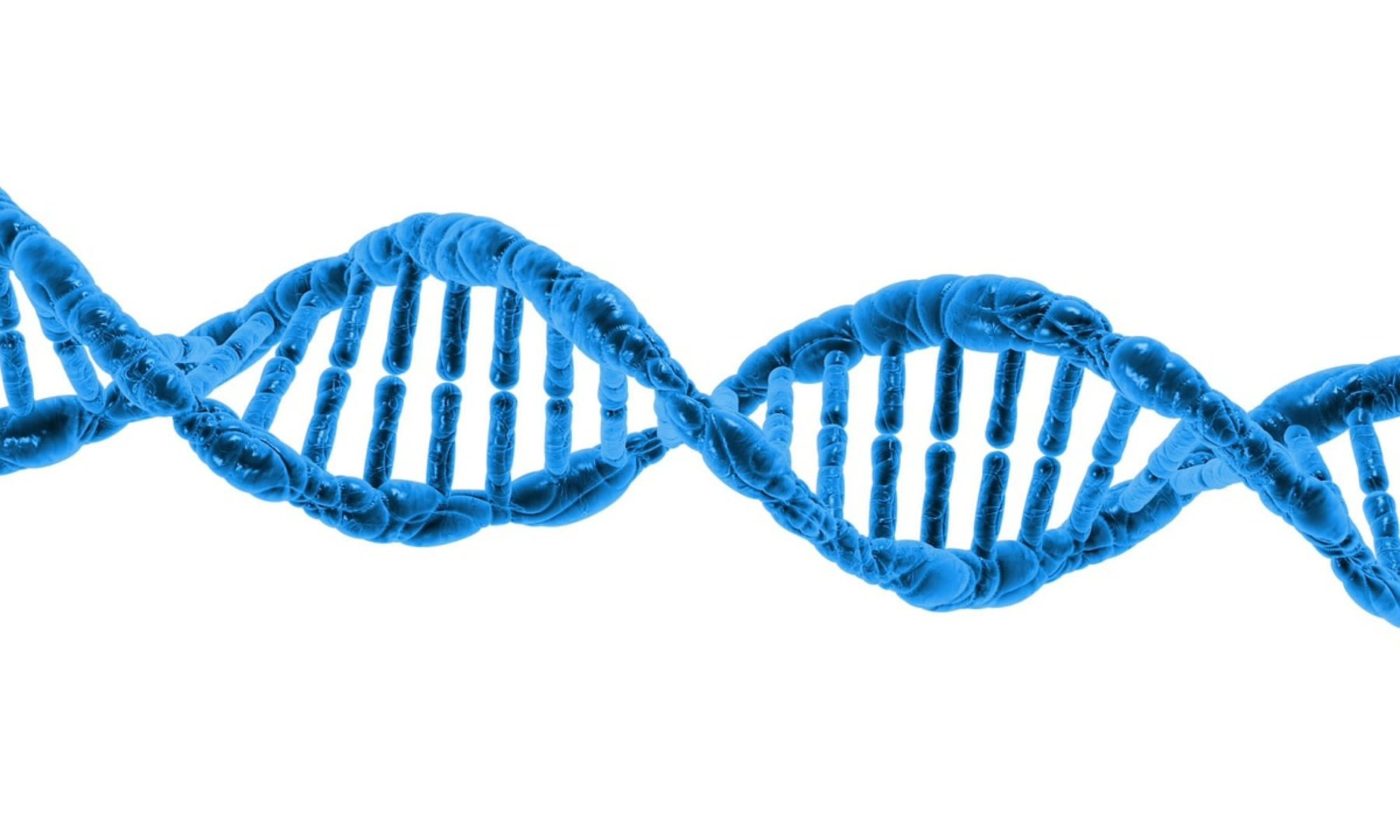Biomedicines. 2023 Jun 26;11(7):1828. The Beneficial Role of Photobiomodulation in Neurodegenerative Diseases.
Abstract
Photobiomodulation (PBM), also known as Low-level Laser Therapy (LLLT), involves the use of light from a laser or light-emitting diode (LED) in the treatment of various disorders and it has recently gained increasing interest. Progressive neuronal loss with attendant consequences such as cognitive and/or motor decline characterize neurodegenerative diseases. The available therapeutic drugs have only been able to provide symptomatic relief and may also present with some side effects, thus precluding their use in treatment.
Recently, there has been an exponential increase in interest and attention in the use of PBM as a therapy in various neurodegenerative diseases in animal studies. Because of the financial and social burden of neurodegenerative diseases on the sufferers and the need for the discovery of potential therapeutic inventions in their management, it is pertinent to examine the beneficial effects of PBM and the various cellular mechanisms by which it modulates neural activity.
Here, we highlight the various ways by which PBM may possess beneficial effects on neural activity and has been reported in various neurodegenerative conditions (Alzheimer’s disease, Parkinson’s disease, epilepsy, TBI, stroke) with the hope that it may serve as an alternative therapy in the management of neurodegenerative diseases because of the biological side effects associated with drugs currently used in the treatment of neurodegenerative diseases.
Biomed Opt Express. 2020 Sep 22;11(10):5783-5799.
Transcranial photobiomodulation-induced changes in human brain functional connectivity and network metrics mapped by whole-head functional near-infrared spectroscopy in vivo
Abstract
Transcranial photobiomodulation (tPBM) with near-infrared light on the human head has been shown to enhance human cognition. In this study, tPBM-induced effects on resting state brain networks were investigated using 111-channel functional near-infrared spectroscopy over the whole head. Measurements were collected with and without 8-minute tPBM in 19 adults. Functional connectivity (FC) and brain network metrics were quantified using Pearson’s correlation coefficients and graph theory analysis (GTA), respectively, for the periods of pre-, during, and post-tPBM. Our results revealed that tPBM (1) enhanced information processing speed and efficiency of the brain network, and (2) increased FC significantly in the frontal-parietal network, shedding light on a better understanding of tPBM effects on brain networks.

Abstract
The global number of people with Alzheimer’s disease (AD) doubles every 5 years. It has been established that unless an effective treatment for AD is found, the incidence of AD will triple by 2060. However, pharmacological therapies for AD have failed to show effectiveness and safety. Therefore, the search for alternative methods for treating AD is an urgent problem in medicine. The lymphatic drainage and removal system of the brain (LDRSB) plays an important role in resistance to the progression of AD. The development of methods for augmentation of the LDRSB functions may contribute to progress in AD therapy. Photobiomodulation (PBM) is considered to be a non-pharmacological and safe approach for AD therapy. Here, we highlight the most recent and relevant studies of PBM for AD. We focus on emerging evidence that indicates the potential benefits of PBM during sleep for modulation of natural activation of the LDRSB at nighttime, providing effective removal of metabolites, including amyloid-β, from the brain, leading to reduced progression of AD. Our review creates a new niche in the therapy of brain diseases during sleep and sheds light on the development of smart sleep technologies for neurodegenerative diseases.

